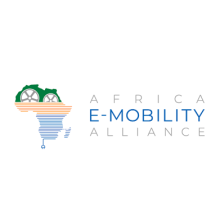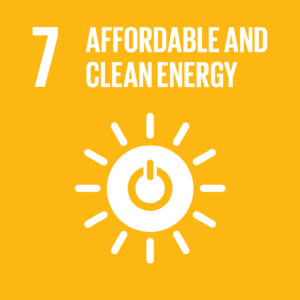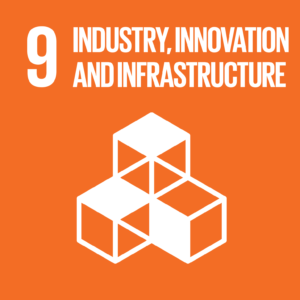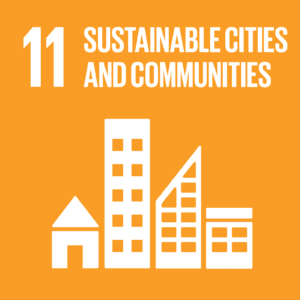Promoting the use of electric two-wheelers
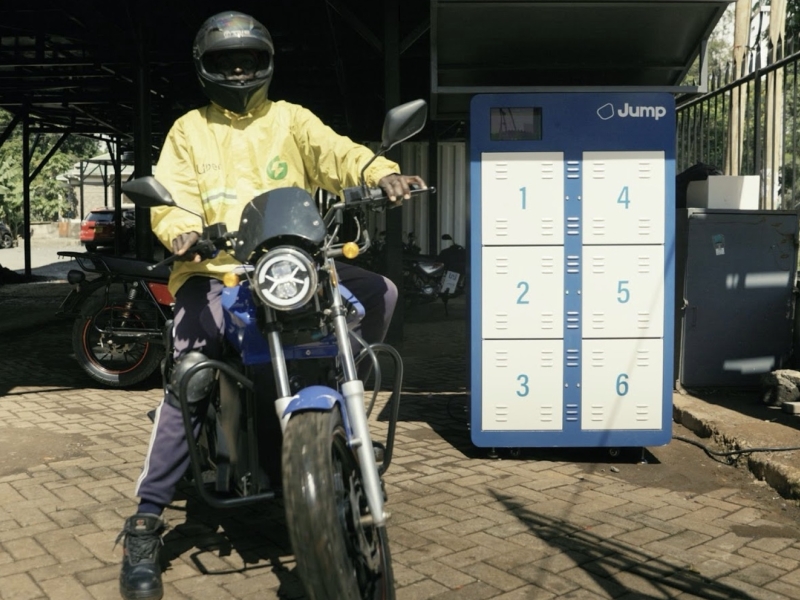
Accelerating electric mobility in Nairobi, Kenya
The transport sector is one of the largest global sources of greenhouse gas emissions and significantly contributes to air pollution. In Kenya, where two-wheelers serve as an essential and affordable mode of transport, these vehicles account for a substantial share of emissions. Electrifying two-wheelers offers a cost-effective solution to reduce CO2 emissions and improve air quality. With the global number of two-wheelers expected to exceed 400 million by 2030, this transition is more urgent than ever.
Nairobi, with over 50 e-mobility start-ups, is the hotspot for electric mobility in Africa. The city has the potential to set an example for other African countries. However, there are still significant challenges for owners of commercial EV fleets. They face issues due to the lack of standardisation within the EV landscape and the fact that charging infrastructures from different manufacturers are not interchangeable. This makes it difficult to efficiently manage EV fleets and deploy accessible, flexible charging infrastructure, which in turn hinders the broader adoption of electric two-wheelers.
To address these challenges, an innovative and scalable approach is essential to enable standardised and flexible charging options. This will not only accelerate the adoption of electric vehicles but also contribute to a more sustainable future for Kenya’s transport sector.
Hybrid charging infrastructure and battery health monitoring for electric mobility
To promote the transition to electric mobility, a hybrid charging infrastructure is being developed in Nairobi. The system operates on a ‘Battery-as-a-Service’ model, allowing users to rent batteries instead of purchasing them. This approach not only reduces the initial purchase cost but also spreads battery usage expenses over a longer period, making the switch to electric two-wheelers more accessible.
Boda boda drivers, a key group in Kenya’s transport sector, are encouraged to switch to electric two-wheelers. Financial benefits, such as reduced connection fees and bonuses for achieving ride targets, make the transition more appealing. Local assembly of the two-wheelers ensures high-quality vehicles and reliable maintenance. To raise awareness, promotional campaigns and events are organised, allowing drivers to experience the advantages of electric two-wheelers firsthand.
Additionally, Jump focuses on developing innovative technologies that enable battery-as-a-service (BaaS), allowing mobility companies to efficiently manage their network of lithium batteries. Jump has developed a battery management platform that allows different brands of electric motors, batteries, and chargers to be seamlessly managed in one place. This is essential for the efficiency and scalability of the BaaS model.
In Nairobi, a hybrid charging infrastructure is being developed, featuring six battery swap stations, 20 fast chargers, and 50 home chargers. Additionally, 140 batteries are being made available to 70 boda boda drivers through a subscription model. This approach aims to accelerate the transition to electric mobility in Kenya, resulting in a significant reduction in CO2 emissions and air pollution, improved public health, and enhanced economic opportunities for boda boda drivers.
The hybrid model, which combines home charging with battery swapping, provides a scalable and flexible solution for developing countries. Additionally, the platform developed by Jump will accelerate the transition for fleet owners to electric two-wheelers, thereby advancing the future of sustainable mobility.
Would you like to know more about this project?



